This Week At Angama #117
1 May 2020 | This Week at Angama | Adam Bannister
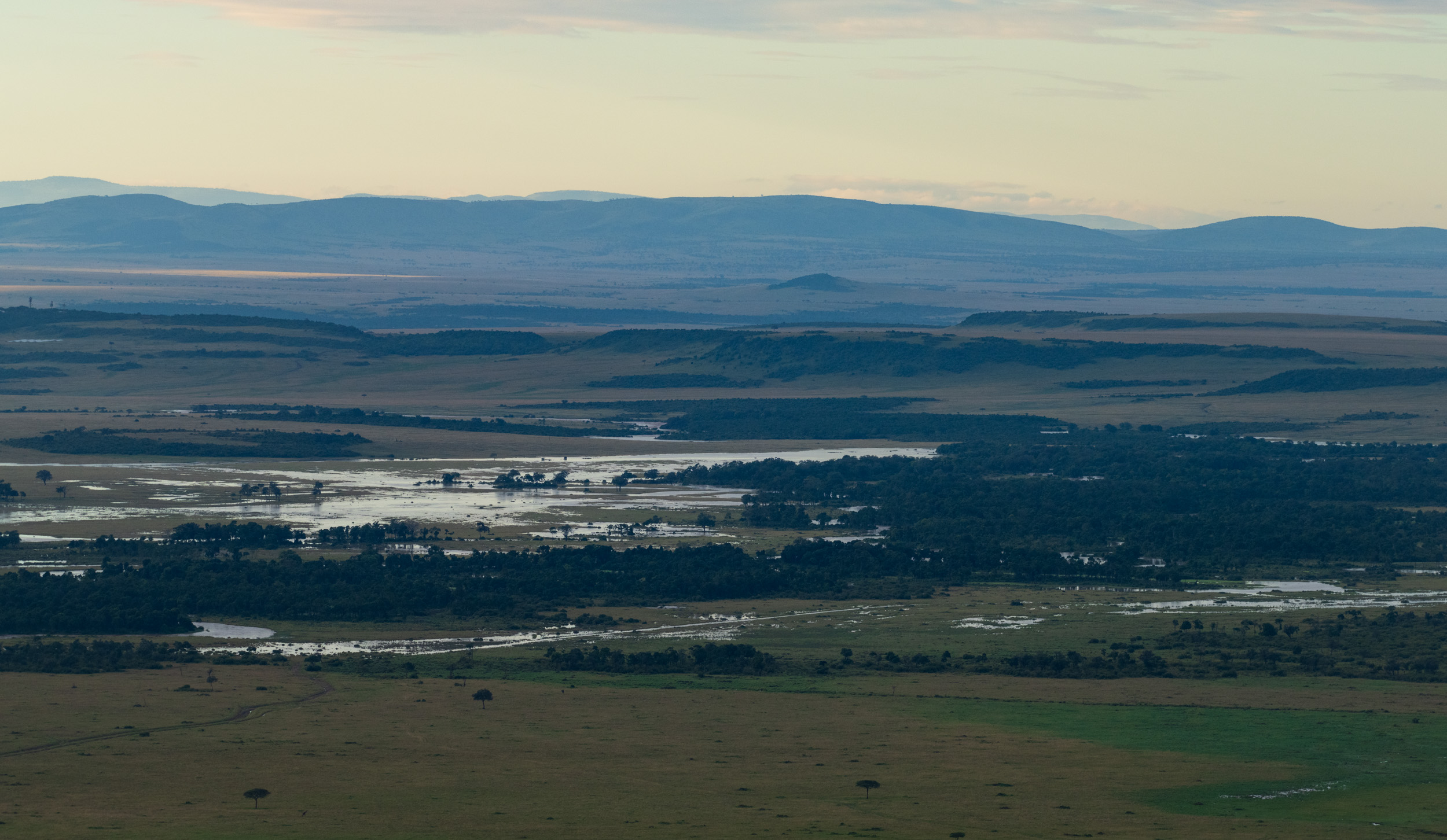
An extraordinary amount of rain has fallen across the south-western parts of Kenya. Many are saying it is the most rain received since the 1960s. Along with the heart-wrenching losses and destruction that comes with such flooding, so too comes rejuvenation. As tourism remains closed in the Mara, there is perhaps a silver lining in the fact that there are no guests, or staff, at this time. For lack of a better description, it is almost as if the Maasai Mara is shaking itself off; hitting the reset button. So that when this is all over – it will be even more beautiful than before. [f 5.6, 1/1000, ISO 500, -0.33]
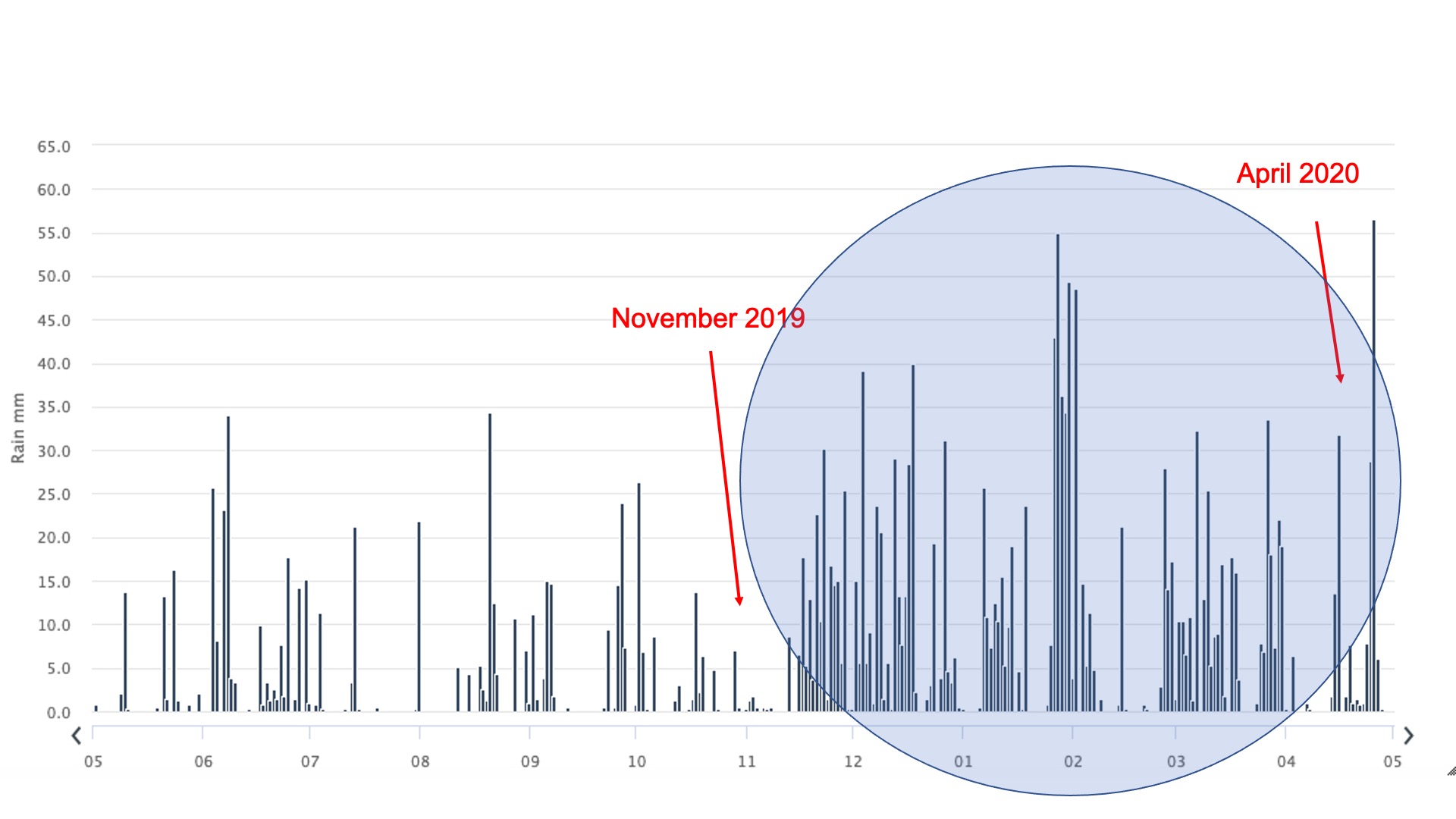
Looking at the weather station located at Angama, we can see that since November last year, we have experienced a huge amount of rain. It has been relentless.

This photograph, taken on the 27th of April from the deck at South Camp, shows the full extent of the flooding as the Mara River burst its banks. The area completely submerged by water is known locally as the Mugoro drainage, an area once controlled by the famed lion – Scar. [f 5.6, 1/500, ISO 500, -0.33]

Swivelling the camera a little further to the north, you can see the Kaburini swamplands. The line of trees behind the sitting water is where the Mara River runs, beyond that: the Musiara Marsh. [f 6.3, 1/800, ISO 400, -0.67]
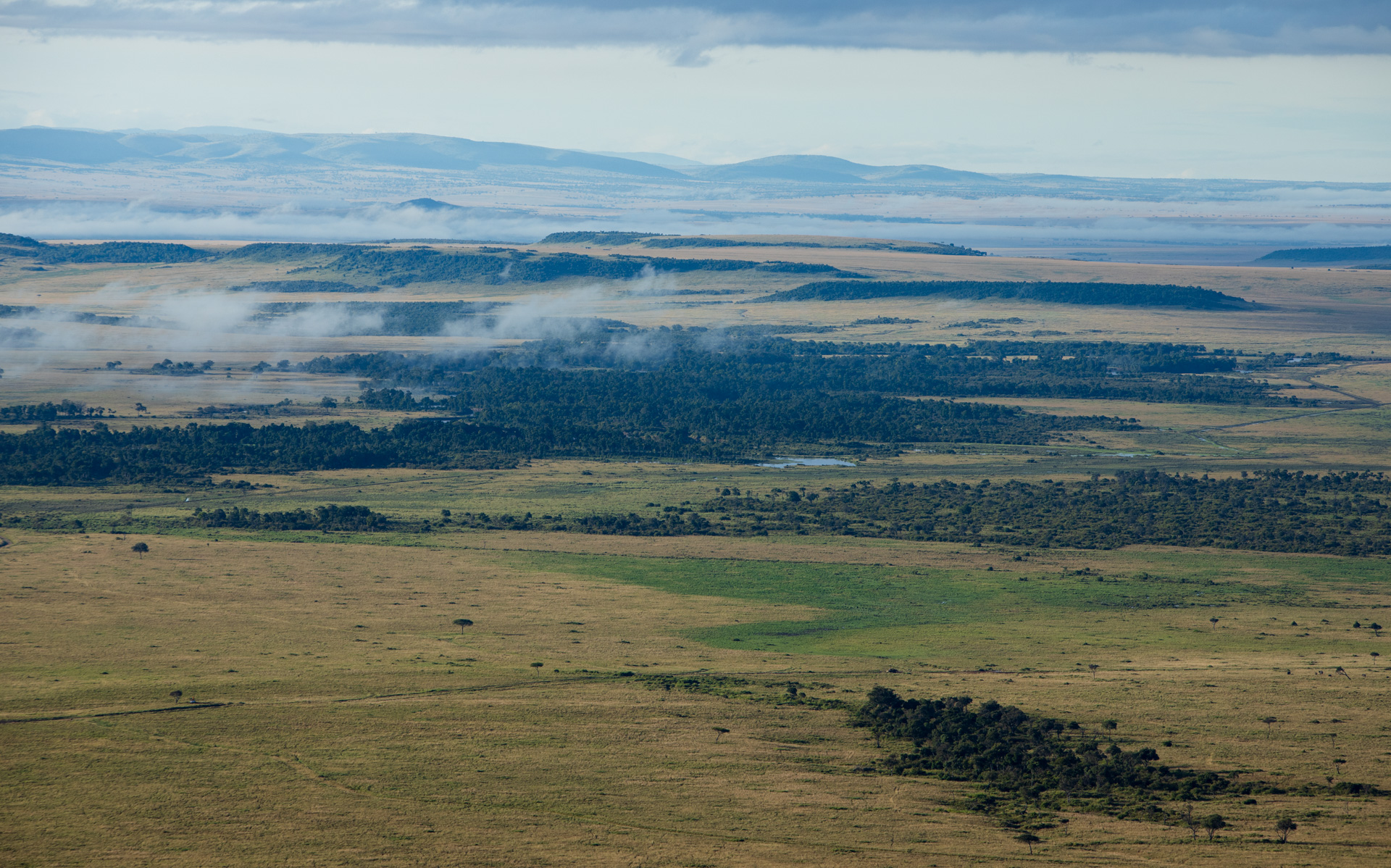
Something that continues to astound me is how quickly the water dries up in the Mara. Just two days later, after seeing some of the highest water levels in recorded history – the water is virtually gone. [f 8.0, 1/320, ISO 200, -0.33]
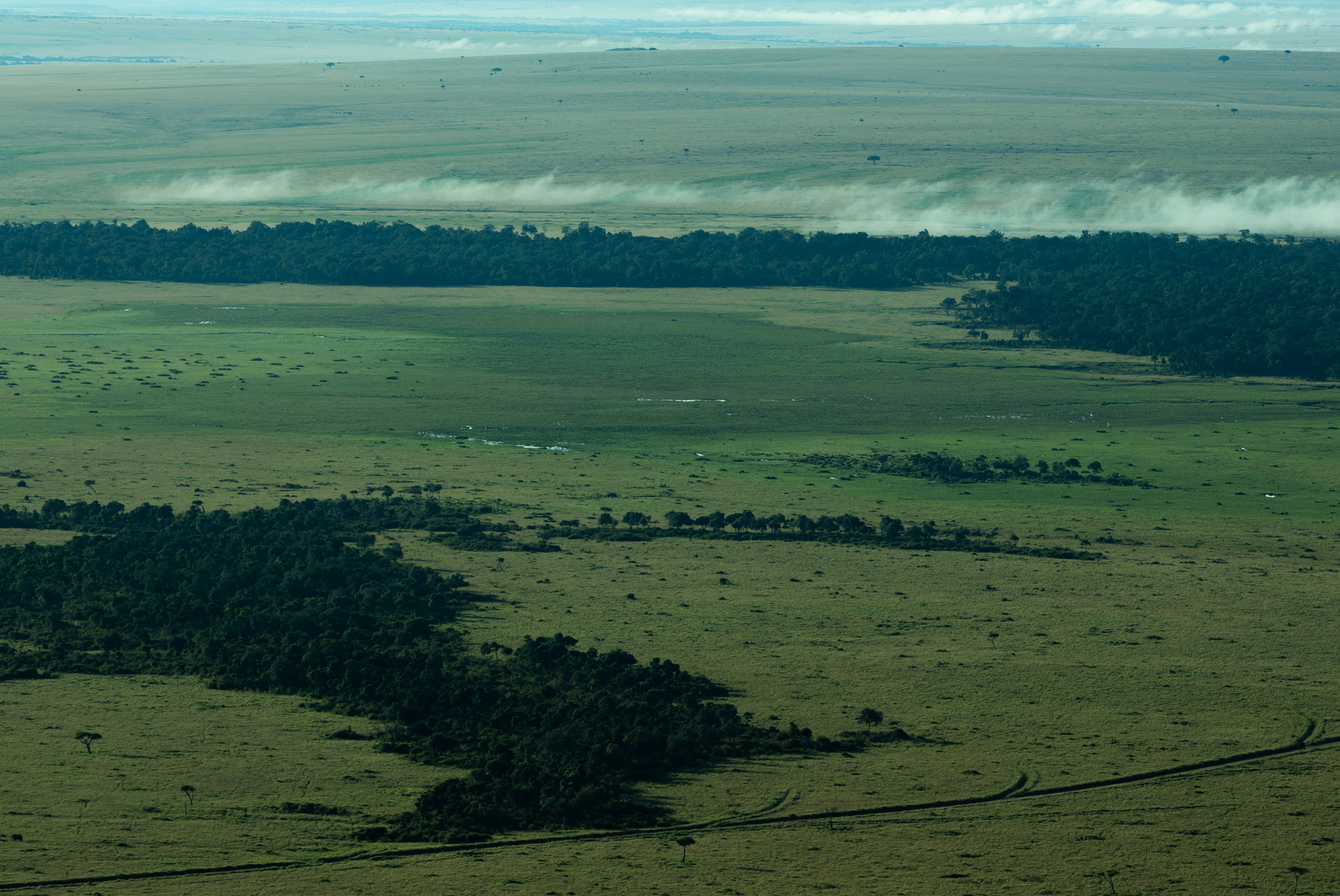
Of course, the swamps will remain boggy for weeks to come, but the speed at which this landscape transforms is truly remarkable. [f 8.0, 1/400, ISO 200, -0.33]
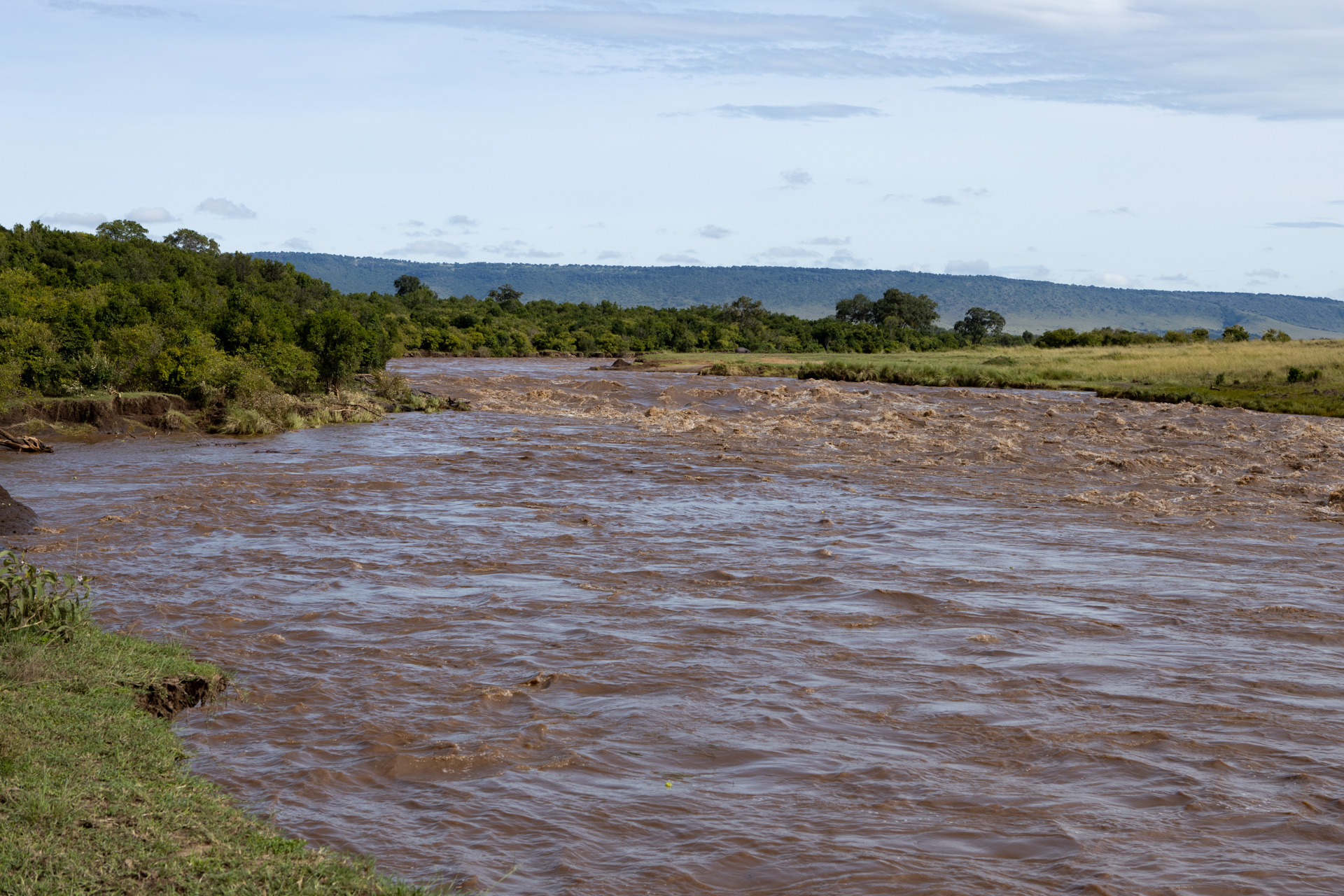
Looking upstream at Main Crossing – the river is a raging torrent. [f 11.0, 1/250, ISO 200, -0.33]

This same view, one year ago, could not have painted a more different picture. I have a number of ‘reference sites’ across the Mara Triangle; places I return to each month to take the same photograph, allowing us to see the changes through the seasons. For me, this is one of the greatest strengths of this blog series, which has now been running for nearly two and a half years. [f 6.3, 1/250, ISO 160, +0.33]

Of course, for the majority of animals, this rain is a blessing. It does bring about some shifts in behaviours and movements. The hippo pods have moved out into calmer waters, and crocodiles can be found basking in the shallows beside the roads. Fish-eating birds, such as these hamerkops, are able to ply their trade in the now-flooded grasslands. For many, it is a time of plenty. [f 4.5, 1/500, ISO 500, -0.33]
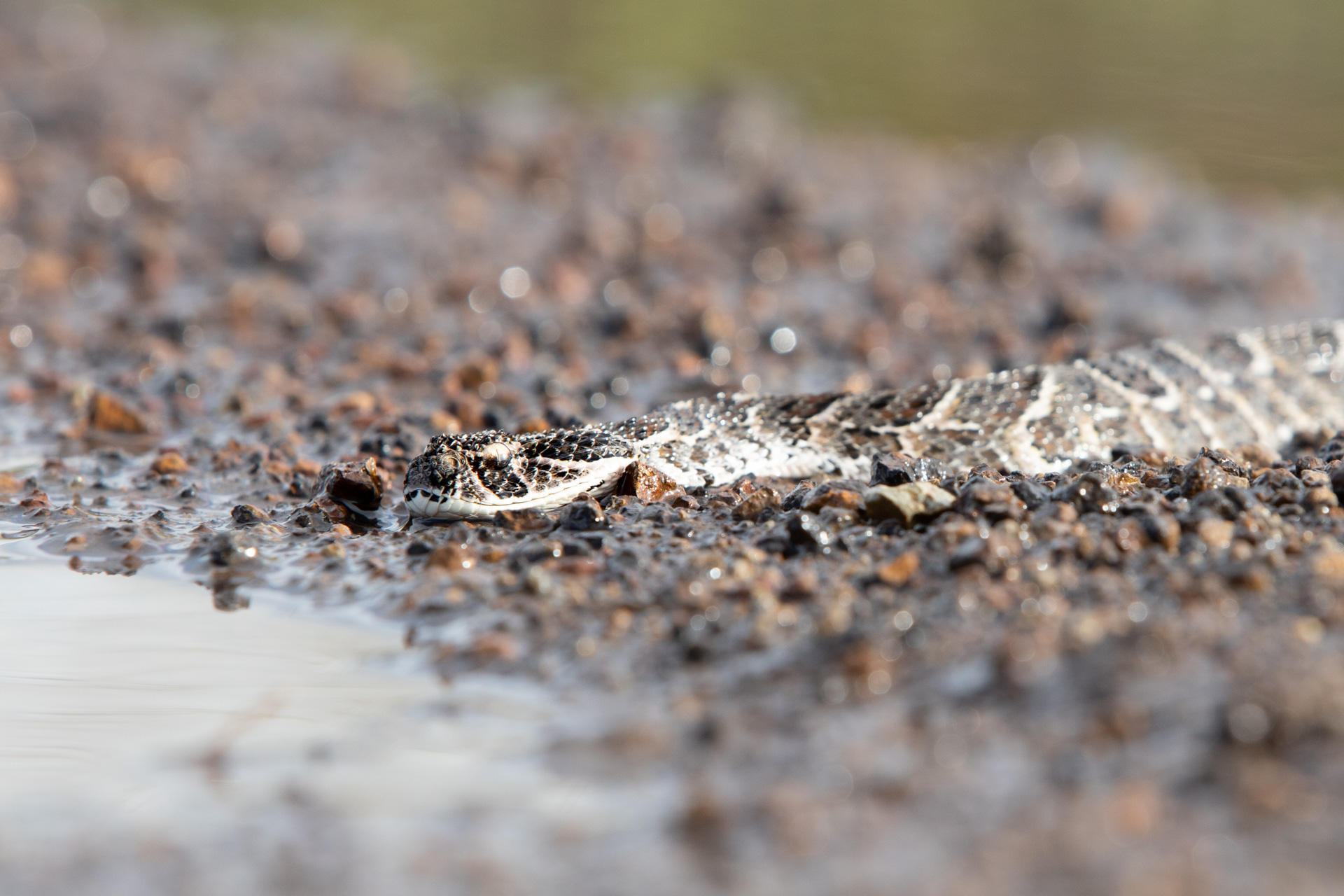
A puffadder waits patiently on the road, beside a puddle. The frog-life has exploded, and for snakes such as this, there is the opportunity to hunt in new areas. [f 9.0, 1/320, ISO 500]

Of course with so few cars using the road network at the moment, we are also seeing more animals using the tracks. [f 8.0, 1/400, ISO 400, -0.67]

The unusually high concentration of animals, especially elephants, using the roads, combined with the fact that no cars are driving over the dung; has meant that we are witnessing lots of dung-beetle activity. [f 3.5, 1/500, ISO 500, -0.33]
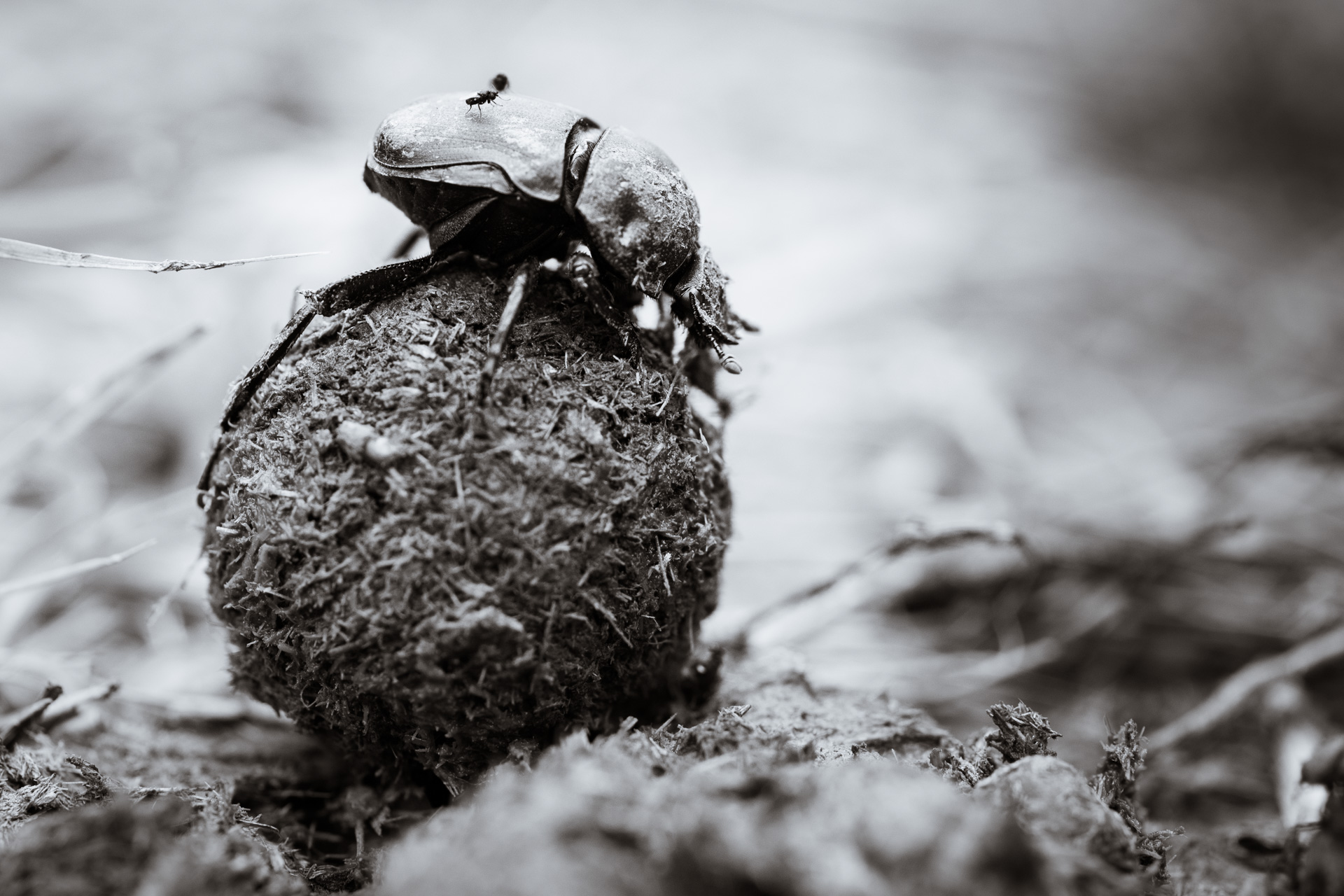
Pulling out the macro lens and playing around with the smaller details of nature. [f 5.0, 1/250, ISO 500]

Such as this butterfly gathering nutrients and salts from the scat. [f 6.3, 1/250, ISO 800, -0.33]
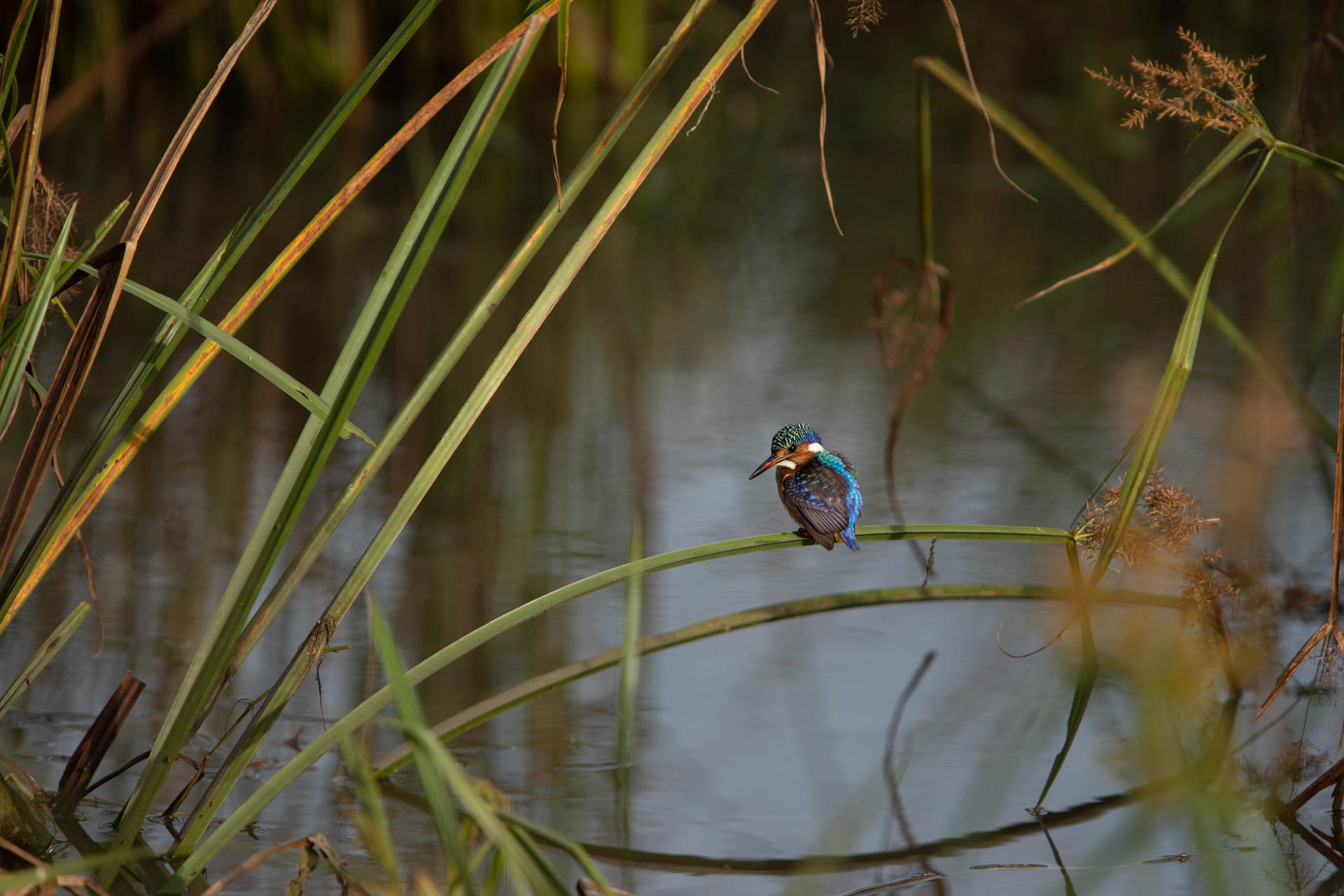
I have been watching this young malachite kingfisher grow up. It is becoming more and more confident and at last I have been able to get a good series of pictures. I have a number of closer ones, but I prefer the more zoomed out ones – they give the viewer more of feel for the habitat in which it lives. Dense reedbeds and still waters. [f 4.0, 1/1000, ISO 200, -0.67]
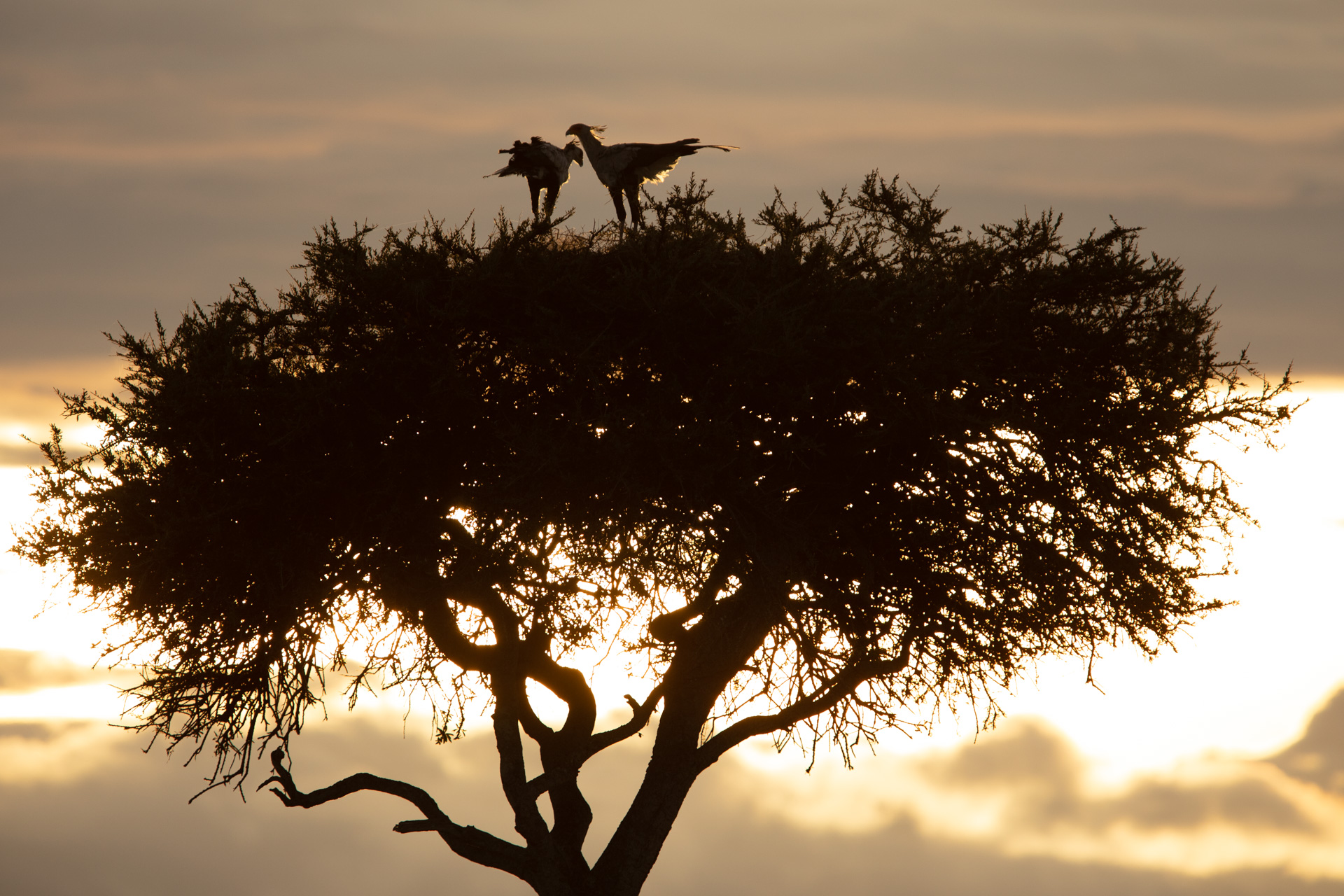
I am also closely monitoring this pair of secretary birds. Each morning, for the last week, they have been extremely affectionate towards each other, with lots of preening going on. Love in the time of Corona. [f 4.0, 1/1250, ISO 200, -0.67]

For obvious reasons, we don’t focus too much on rhino in our weekly updates, however this sighting was just too special to leave out. Black rhino are skittish and shy at the best of times, and to see one like this, out in the open, was a real treat. [f 7.1, 1/320, ISO 250]
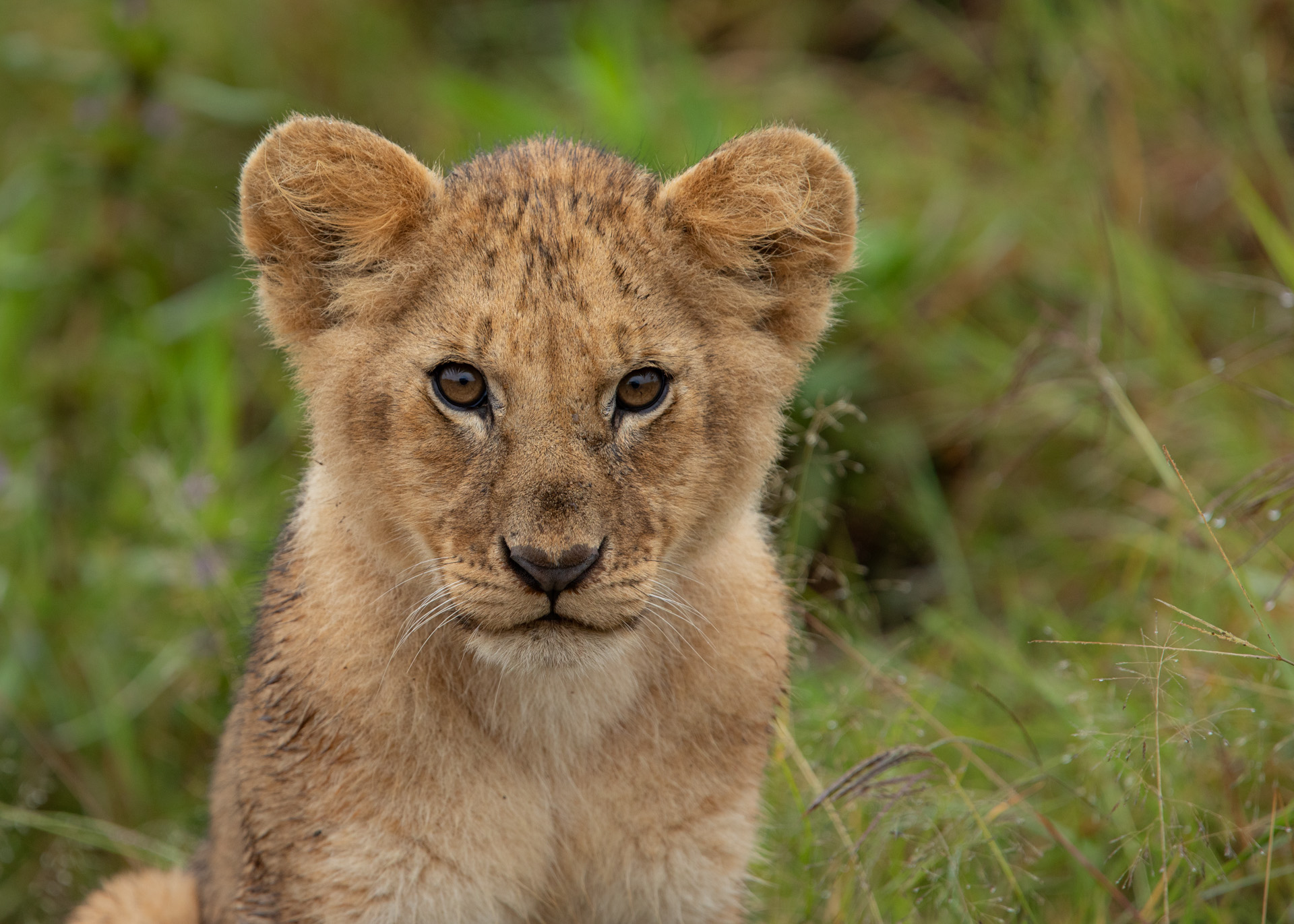
Until just a few days ago, this little lion cub from the Owino Pride was the youngest and cutest star of the Mara Triangle. However, a fleeting view of two tiny cubs, midweek, has swung our attention towards his cousins and trying to see if, and when, we can capture them on film. [f 4.5, 1/320, ISO 640, -0.33]
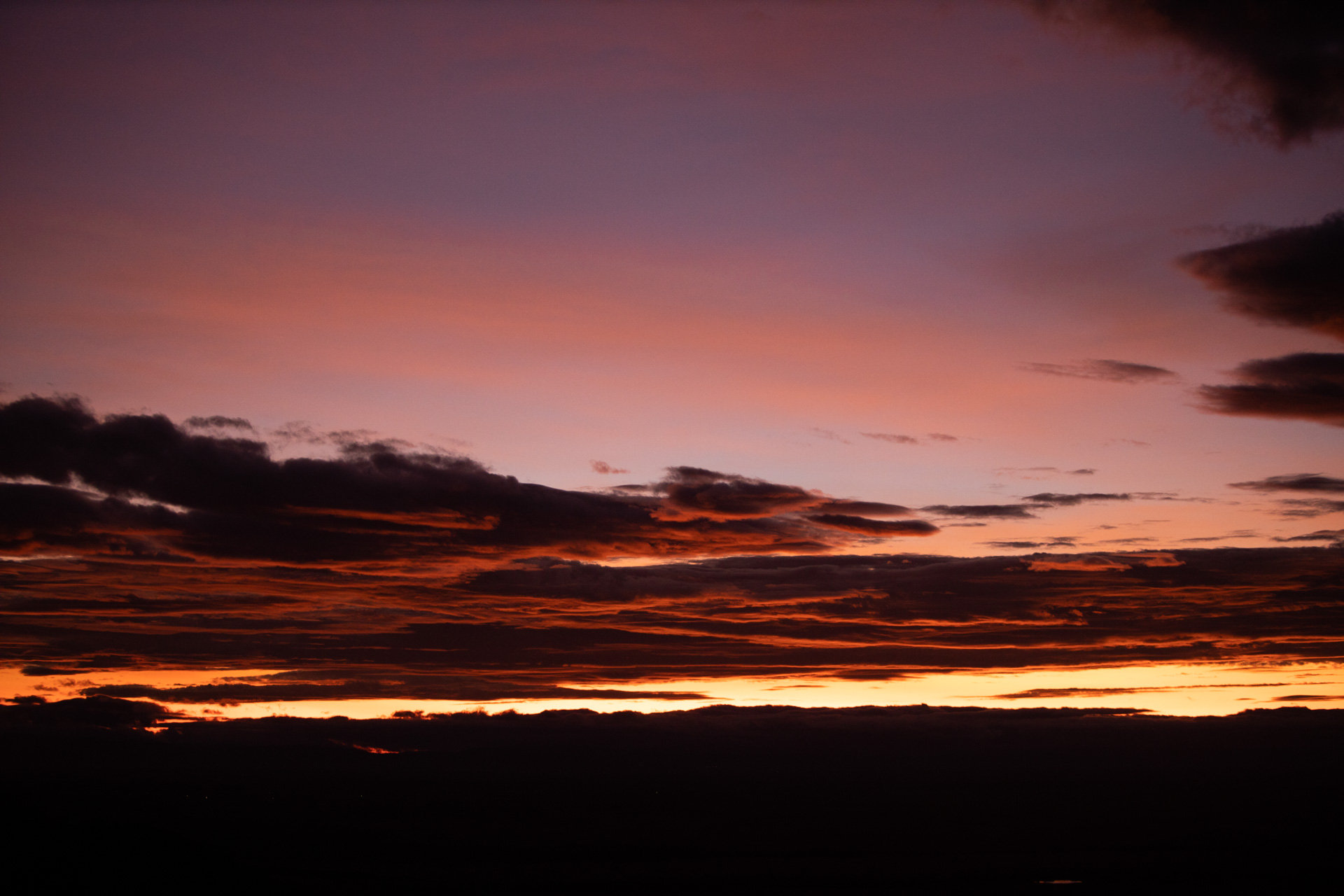
Many of you may already be aware, but for those of you who aren’t, we’re producing and posting near-daily short videos on Instagram and Facebook. We hope that these videos allow you to maintain a small dose of a nature fix. Every morning, a small team of us wake up and venture into the Mara Triangle, bringing you images and stories of what life is like in the Maasai Mara – without any tourists. [f 2.8, 1/80, ISO 1250, -1.0]
This Week Two Years Ago
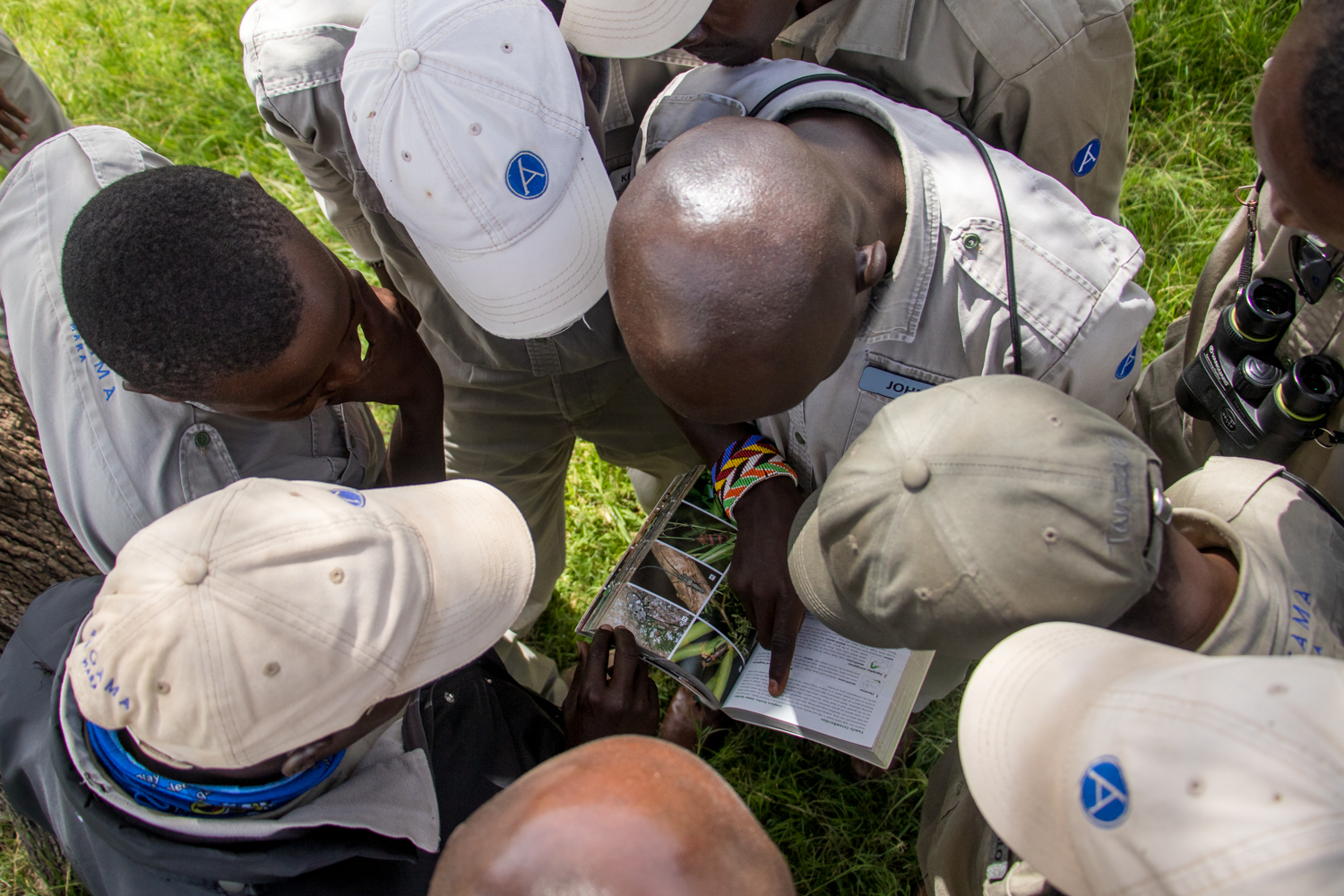 Photograph by Tyler Davis
Photograph by Tyler Davis
Around about this time each year, the Angama Guides do a refresher training course, taking their knowledge and presentation skills to higher levels. This year, for obvious reasons, we have had to delay our yearly course. However, even now with our guides at home scattered across Kenya, they are all in study-mode. They have projects going on and are certain to be raring to go when tourism opens up once again. [f 5.6, 1/200, ISO 200]
TAGGED WITH: Maasai Mara, Angama Mara, Rain in the Mara, Mara Triangle, This Week At Angama, Angama Views



COMMENTS (2)
Ronnye Bertoglio
May 1, 2020Adam, thank you for today’s blog and all the lovely pictures.
REPLYwhich bring such joy! This is a wonderful way to see the Mara.
Nicky Fitzgerald
May 3, 2020Thanks so much Ronnye – I know Adam will be delighted to hear this
REPLY